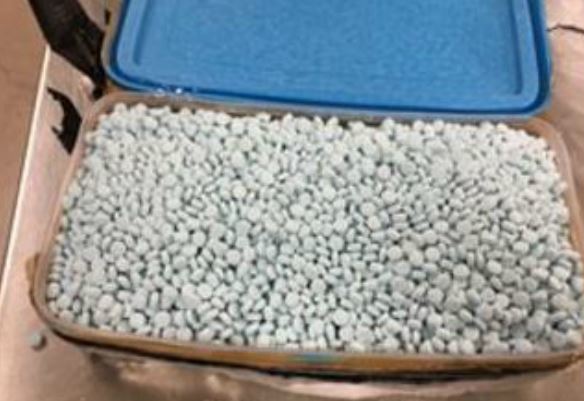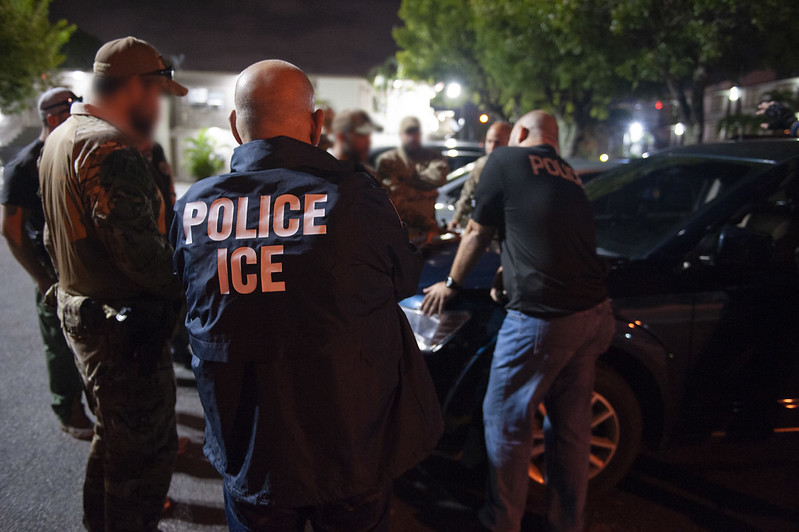By Steve Neavling
The record number of fentanyl crossing the border is having deadly consequences: Overdose deaths have hit a new high this year.
“If they’re seizing a lot, it’s because a lot is coming in — because you don’t know the percentage of how much is coming through that they’re actually seizing,” Dr. Joshua Sharfstein, vice dean for public health practice and community engagement at the Johns Hopkins Bloomberg School of Public Health in Baltimore, told The Washington Examiner.
The problem is the ease of producing and transporting fentanyl compared to other drugs, said Dr. Nora Volkow, director of the National Institute on Drug Abuse, part of the National Institutes of Health.
“Only a very small concentration of fentanyl is needed in order to produce a high. So, this makes it much easier to bring fentanyl across the border – in smaller, but more potent, quantities than other drugs,” Volkow wrote in an email.
“Based on the number of drug seizures reported in 2020 for fentanyl, it appears that the illicit drug market did not suffer during the pandemic, but actually expanded,” Volkow said. “Rising fentanyl availability, decreased access to addiction treatment, increased social and economic stressors, and overburdened health departments collided in 2020 and were associated with a tragic rise in overdose deaths.”
CBP confiscated 11,201 pounds of fentanyl between October 2020 and September 2021. To put that into perspective, a single kilogram of fentanyl can kill up to 500,000 people.
Because of its potency, a small amount of fentanyl can go a long way, making it easier to smuggle into the U.S., and it’s very profitable.
Less than month ago, the DEA announced it had arrested 810 people and seized more than 1.8 million counterfeit pills containing fentanyl as part of an eight-week crackdown on fake, dangerous prescription drugs.
According to the alert, more than 9.5 million counterfeit pills have been seized so far this year, which is more than the last two years combined.






